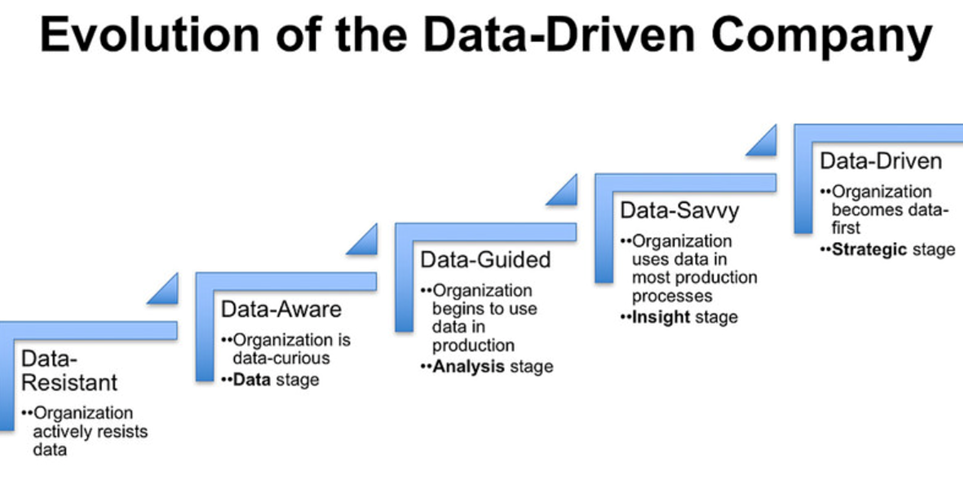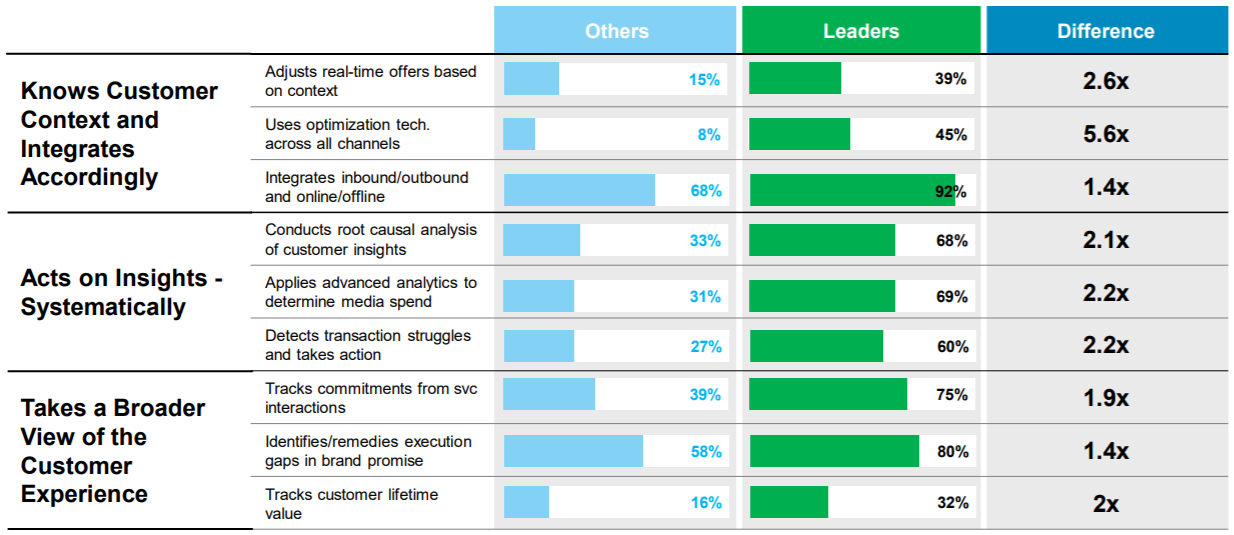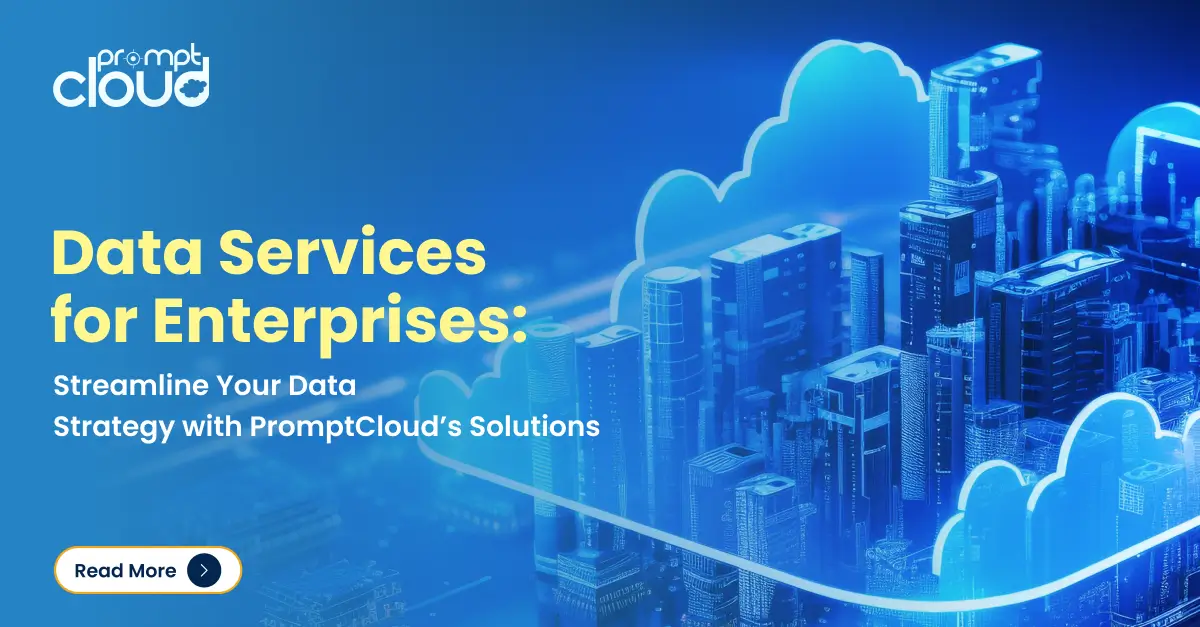Data-driven organization seeks to optimize data and its repercussions in way of their daily decision making. They have a thorough process to turn raw numbers into actionable insights and actionable points into raw data again. This vicious circle is what drives these data-driven companies at every level. There is no real dearth of data. But how do we collect quality data? Also, to translate data into decisions that is best for your company is a real challenge. Can web crawling companies aid this? Let us first read more about what drives a data-driven company.
Fostering evidence-based cultures at every level of decision making is very important for a company to remain objective and to test the precarious waters. This is the common thread between all companies driven by data. There is no definitive framework to embrace data. Also, it is easier for newer organizations as they are more agile and accepting of changes. Especially during the pandemic of 2020, where most start-ups tried to unlock the potential of data to steer the boat against the currents. Data truly is where it is at.
So, how can you strengthen and develop a data-driven organization?
Know What being Data-Driven Entails
Data is no longer the by-product of a company’s actions. It is now actively sought. Technology and applications are now designed to extract quality data and make decisions based upon those. Organizations’ systems should make democratize data for all key decision-makers so as to facilitate the flow. Data loses its intrinsic value if it not time-bound.
Also, you need to clearly define your goals about being a data-driven organization. Data is the means to something, not the end. Give numbers on dashboards contextual meaning. Not just their literal value. So that they can be drawn upon in a number of corollary situations.
Don’t Shy Away from New Technology
Technology and data are really just two different ways of looking at something. You need technology to extract data, to format that data, to store that data, and to use that data.
Companies with outdated technological processes – excel sheets and dashboards, enterprise data warehouses, data marts, and mail as the primary means to communicate both within and outside — more often than not store unnecessary amounts of redundant data. This usually stems from being data resistant.
The driving force between turning an organization from a data resistant to a data-driven one will only stem from a willingness to accept new technology: investing in a modern technology portfolio with Artificial Intelligence-driven analysis, data pools, collaboration tools like Slack, cloud-based data warehouses, augmented analytics, and a premium web scraping solution.

Shift Your Work Culture
Easier said than done, of course. But small steps can make a tangible difference eventually. Here are a few simple steps:
a). Encourage curiosity at work: Everyone should feel empowered enough to ask a lot of questions. There should also be resources available to provide viable answers. KPIs should be dissected regularly into their components to provide a fresh take on things and how to go about it. Enough to motivate even the non-curious.
b). Growth hackers: Growth hackers are often serial innovators whose sole purpose is scalable growth. They basically come in and shake things up at an otherwise passive workplace and keeps everybody on their thinking toes. Bringing in change agents is very important to keep up to speed in the world of data.
c). Celebrate innovation: Conduct brainstorming sessions. Feed off each other’s’ energies. Discourage getting stuck in a rut and making the same-old decisions. energies. Discourage vanity metrics.
d). Flip the equation: Encourage fostering a culture of ‘what kind of data can solve this problem?’ Instead of asking ‘what problems can I solve using data?”
e). Collaborate: While there isn’t a best collaborative organizational model out there, the most successful firms have data insights embedded deeply inside every business unit with some degree of centralization.
Democratize All Data
Organizations working in silos often have only certain units with access to relevant company data. At the pace at which we are moving at we have to employ the guiding principles of making data FAIR – Findable, Accessible, Interoperable, Reusable.
a). Findable: This comes within the purview of web crawling services. Investing in a premium service provider will help you extract data which is qualitative and machine discoverable through identification mechanism.
b). Accessible: This pertains to making data available and obtainable. In highly regulated businesses, it is important to ensure security is not breached by enquiring access. The right discretionary level has to be exercised based on the governing principles.
c). Interoperable: This makes for systematic data exchanges across organizational units. It might be a little difficult as it requires integration. But it will particularly help your company be data-driven if you develop data initiatives under a semantic model.
d). Reusable: This allows for the widest reuse possible across disciplines which would also require the least cumbersome integration with other business units.
Data Literacy
To empower a data-driven organization, everybody needs to be talking in the language of sheer data. Adequate ups killing is required for this t become a reality: especially when a dismal number of employees often use the term Machine Learning and Artificial Intelligence almost interchangeably. Data literacy makes way for specifics rather than dwelling on guesstimates and general statements.
Embed Data in Every Part of Your Business
Data is often viewed with distrust. To truly integrate data into every part of your work life is to ensure that your employee needs to start seeing data in a new light. It is not a deterrent but a very strong decision-making aid. “We’re mostly integrating our data structure within the stipulated functions of the business,” said Asif Syed, vice president of data strategy. “Our data culture is an indispensable part of the business and any problem we try to solve starts with a line of questioning primarily focused on what kind of insights or data is necessary to solve this seemingly huge business problem.”
A Harvard Business Review study, “The Evolution of Decision Making: How Leading Organizations Are Adopting a Data-Driven Culture,” found that organizations that depend on data expect a better financial outcome. The data giant Google, for example, is almost synonymous with data-driven decisions. In fact, it is in the company’s intrinsic culture to discuss questions and not succinct answers at meetings.
There is always a lot to learn from companies who solely use data as the driving force. It is a long, long journey. But one worth taking. If you liked this blog, you’d enjoy reading our guide on ‘What is a Data-driven Company and How to Become One‘.





















